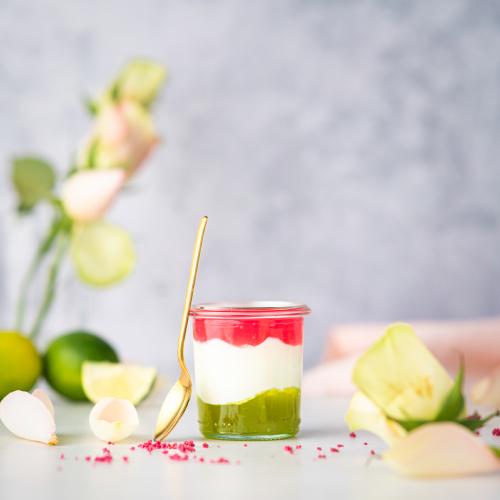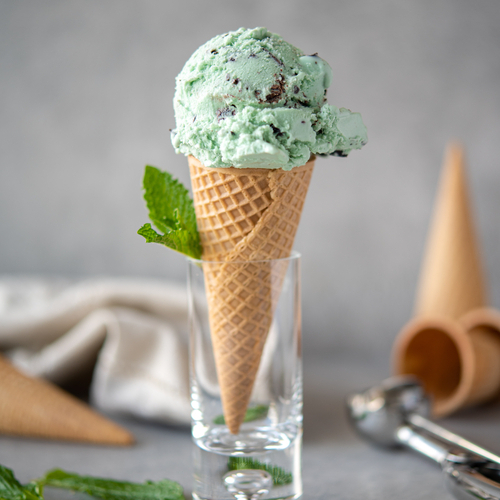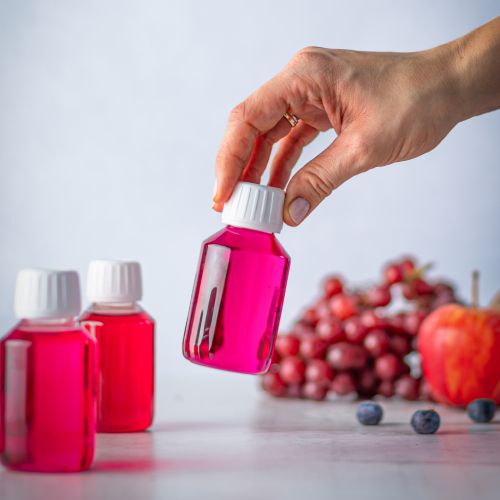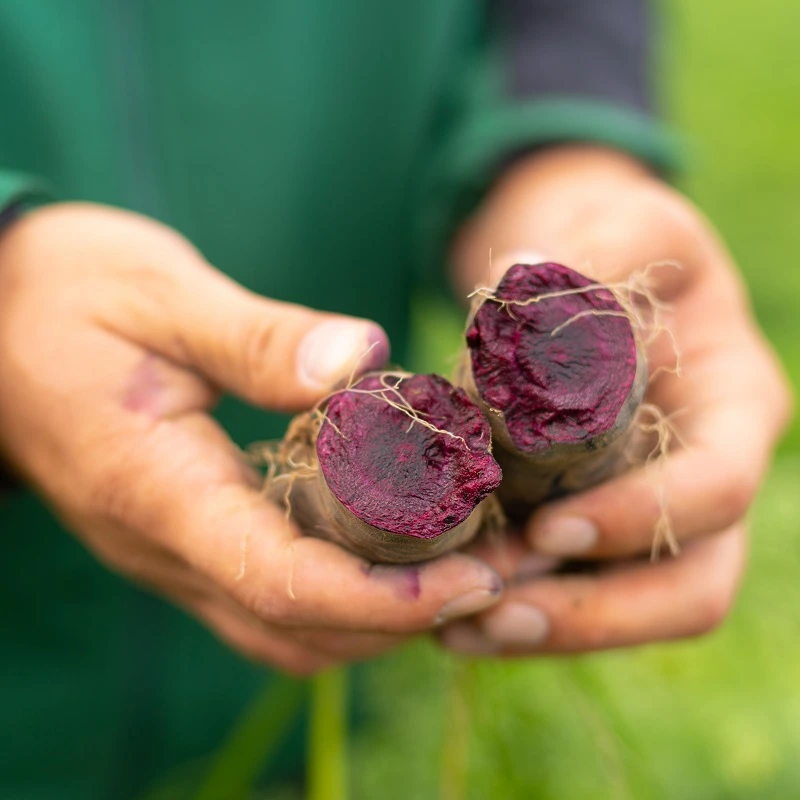Why color is key in the new era of mindful eating
Organic products are in demand but often struggle to feel indulgent, flavorful, or visually appealing. Color can help bridge that gap.
The future is looking bright for the organic sector. While the cost-of-living crisis has created a challenge, sales are on the rise again. The latest official figures show the global market for organic food and drink increased to €136.4 billion in 2023, with the US remaining the largest market and Europe recording the strongest growth. [1]
The Quarterly Thermometer of the State of the Organic Sector survey, meanwhile, showed 72% of companies operating in the sector reported a sales increase in the first quarter of 2025. [2]
So why are consumers once more showing a willingness to pay a premium for organic products?
A natural and eco-friendly approach
Products can be described as organic if they comply with organic farming standards. These vary between countries but generally feature practices that maintain ecological balance and prohibit the use of pesticides and fertilizers.
Furthermore, organic foods are typically not processed using irradiation or industrial and synthetic solvents. Many markets – including the EU and US – require producers to obtain special certification to describe products as organic.

Tapping into consumer behavior shifts
Across much of the world, there are growing consumer concerns around ultra-processing and synthetic inputs in farming and production.
A 2024 Euromonitor analysis, for example, noted that the discussion around UPFs is driving strong demand for healthier, natural options. It highlighted that there has been a notable rise in claims related to natural ingredients and the absence of artificial additives and preservatives in packaged food and drink since 2019. [3] Organic certification offers a powerful way to tap into this shift in consumer preferences. A 2025 US survey found that “organic” is synonymous with health in the minds of most shoppers in the country. [4] Innova research also shows global consumers prioritize organic claims as a key part of the clean-label movement, with one in four saying they consider it the most important aspect. [5]
Some brands use “organic” in their product names or include other prominent front-of-pack claims to make the most of the certification’s clean appeal.
Organic products’ environmental credentials are another key selling point. A 2024 survey on sustainability found that 39% of consumers worldwide look for organic claims when buying food and drink. [6]
For maximum impact, brands can use storytelling around the production of key organic ingredients to highlight the environmental benefits.

Color helps ensure organic is seen as enjoyable
Despite meeting many modern values, organic products can sometimes be perceived as less flavorful or indulgent.
Mintel analysis in the US found that “consumers are less likely to see organic product introductions as tasty when compared to a benchmark of non-organic product introductions.” [7]
A study in 2017, meanwhile, explored brain activity when consumers see popular food brands compared to organic brands. While seeing organic products activated the part of the brain associated with cognitive control and reason, the popular brands activated the part of the brain associated with reward stimuli and emotion. [8]
Visual appeal can deliver a solution. The color of food and drink generally provides consumers’ initial sensory experience of a product and sets up perceptions of its taste, quality, and identity.
Research has shown that changing the colors’ hue or intensity can have a dramatic impact on consumer expectations and experiences. [9]
By adding intense shades, manufacturers can ensure their products make a strong first impression and set up positive flavor expectations. For example, the use of bright shades such as reds, pinks, and blues can send out the message that products are sweet and fun.
Deliver clean appeal with EXBERRY® Organics
EXBERRY® Organics colors can provide an ideal solution for organic products. Created from fruits, vegetables, and plants, they are available in liquid and powder formats and can deliver a broad rainbow of vibrant shades.
Due to the way the colors are created, they support natural label declarations such as “concentrate (carrot*, blueberry*)” (* from certified organic agriculture) in the EU and “organic fruit and vegetable juice for color” in the US.
Discover the latest addition to our organics portfolio: EXBERRY® Organics Brilliant Pink

Supplies you can rely on
The fruits, vegetables, and plants used to create EXBERRY® Organics colors are grown by farmers working as part of our strong and resilient supply chain. The crops are all fully traceable and we work closely with the majority of our farmers on long-term contracts.
This helps us ensure responsible agriculture with consistent results – as well as reliable supplies for our customers.
Want to know more about the possibilities of EXBERRY® Organics? Contact us!

[1] https://www.fibl.org/en/info-centre/news/organic-market-back-on-track
[2] https://www.bioecoactual.com/en/2025/04/30/data-ecological-sector-thermometer-q1-2025/
[3] Euromonitor International ‘UPF-free: The Next Big Claim in Food and Drink?’ (October 2024))
[4] https://ota.com/about-ota/press-releases/younger-health-conscious-consumers-are-embracing-organic-ota-survey-shows
[5] Innova Market Insights ‘Trending in Organic Food & Beverage – Global’ (2024)
[6] FMCG Gurus ‘Custom Survey – Global and Regional – Sustainability’ (Q4 2024)
[7] Mintel ‘Flavor is a missing attribute in organic in the US’ (December 2024)
[8] Fehse, K. et al. ‘Organic or popular brands—food perception engages distinct functional pathways. An fMRI study. Cogent Psychology’ (2017)
[9] Spence, C. ‘On the psychological impact of food colour’ Flavour (2015)

